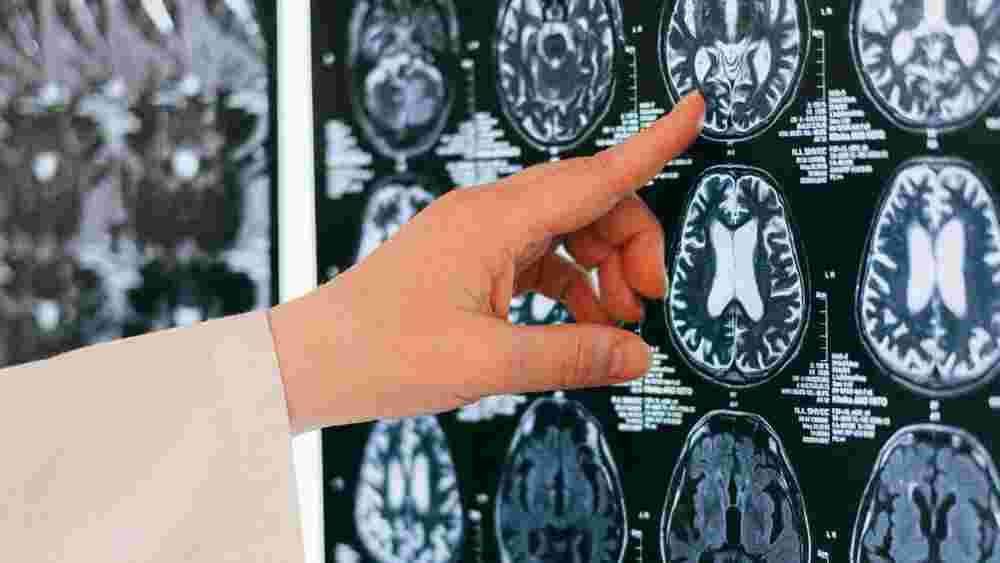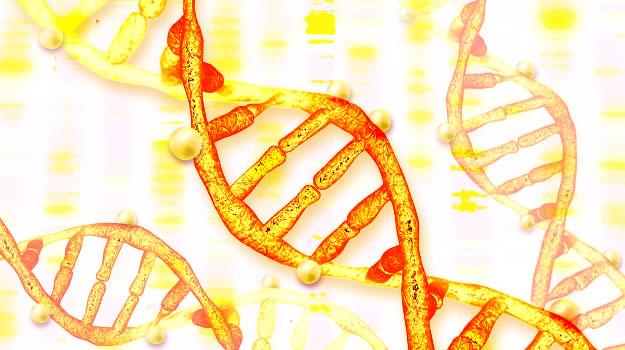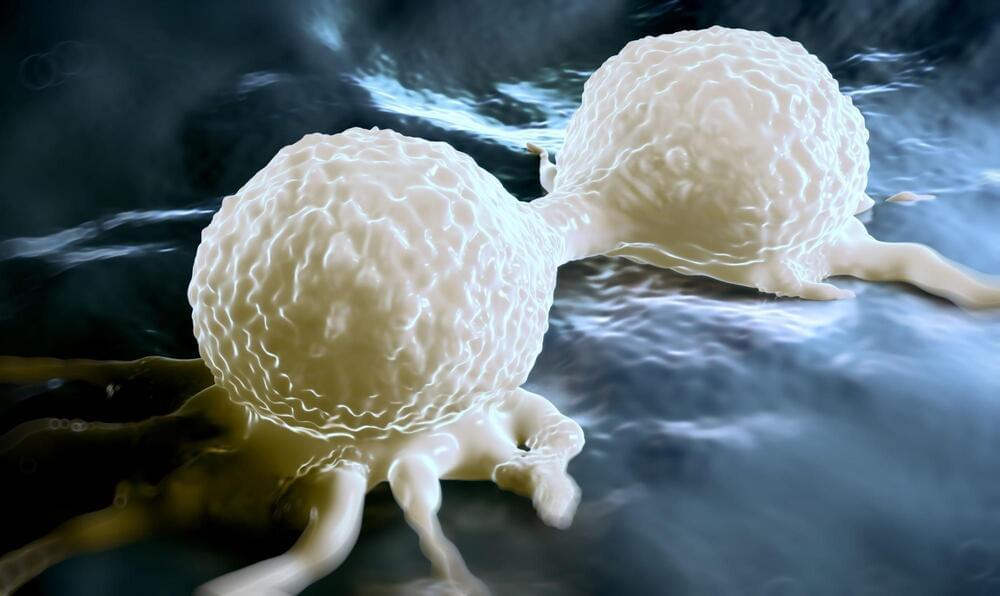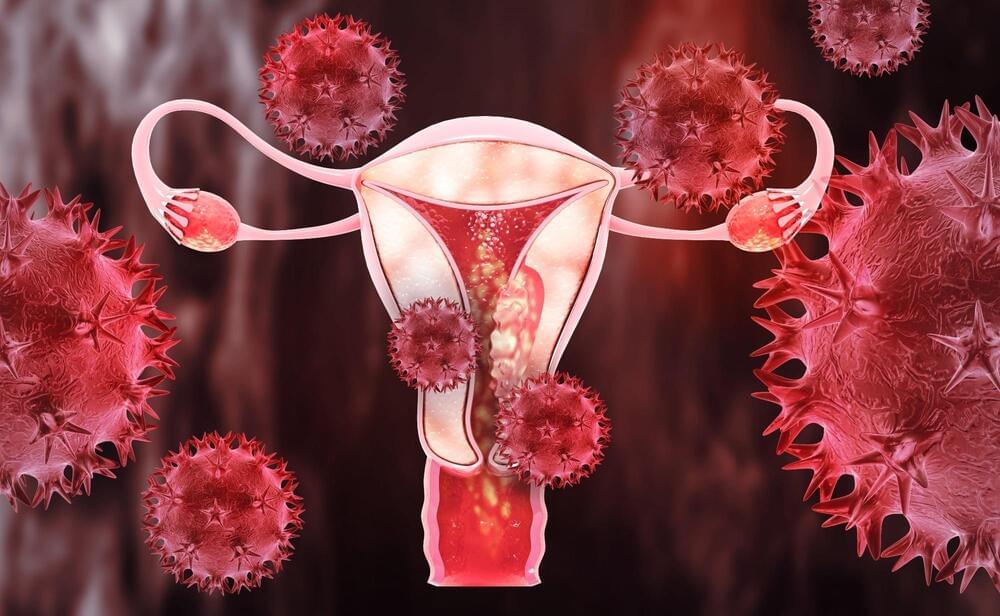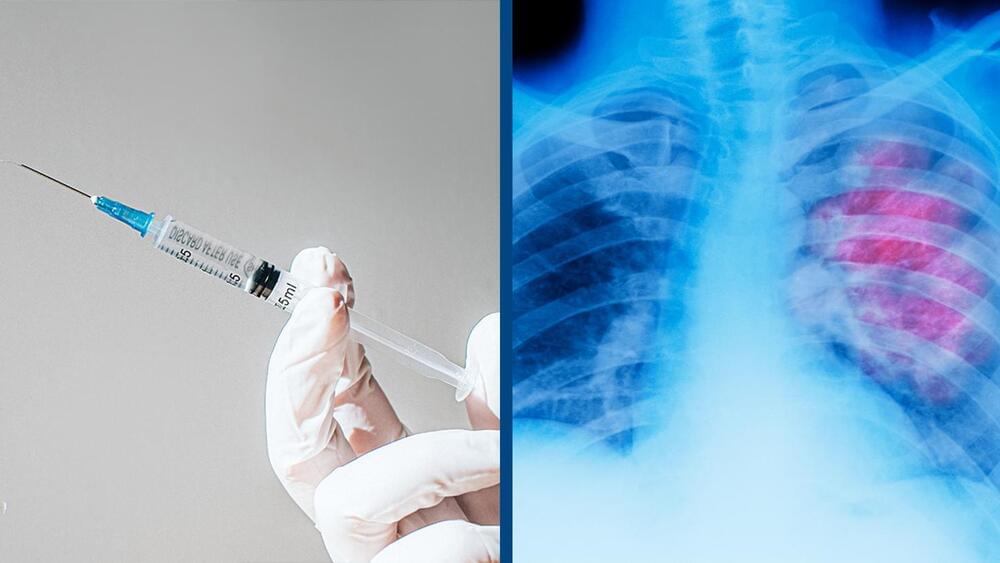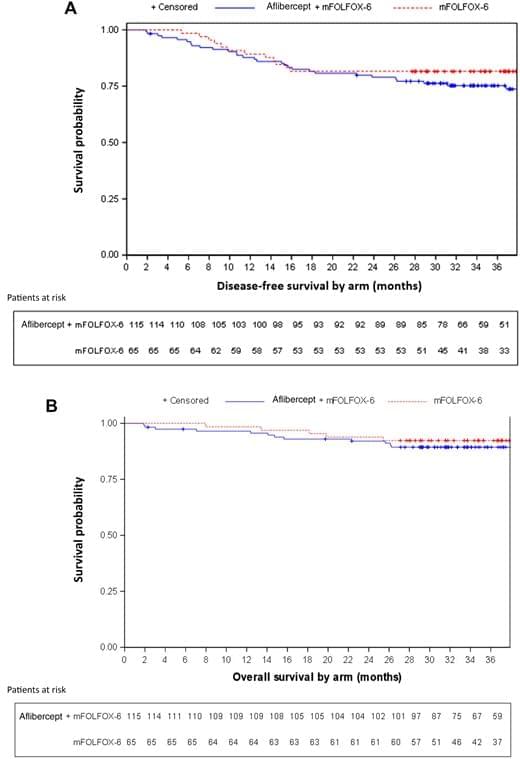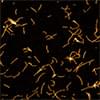Mar 26, 2024
Breaking Physics: How Solitons Bend Time, Space, and Rules
Posted by Paul Battista in categories: biotech/medical, robotics/AI
If it walks like a particle, and talks like a particle… it may still not be a particle. A topological soliton is a special type of wave or dislocation that behaves like a particle: it can move around but cannot spread out and disappear like you would expect from, say, a ripple on the surface of a pond. In a new study published in Nature, researchers from the University of Amsterdam demonstrate the atypical behavior of topological solitons in a robotic metamaterial, something which in the future may be used to control how robots move, sense their surroundings, and communicate.
Topological solitons can be found in many places and at many different length scales. For example, they take the form of kinks in coiled telephone cords and large molecules such as proteins. At a very different scale, a black hole can be understood as a topological soliton in the fabric of spacetime. Solitons play an important role in biological systems, being relevant for protein folding and morphogenesis – the development of cells or organs.
Continue reading “Breaking Physics: How Solitons Bend Time, Space, and Rules” »


